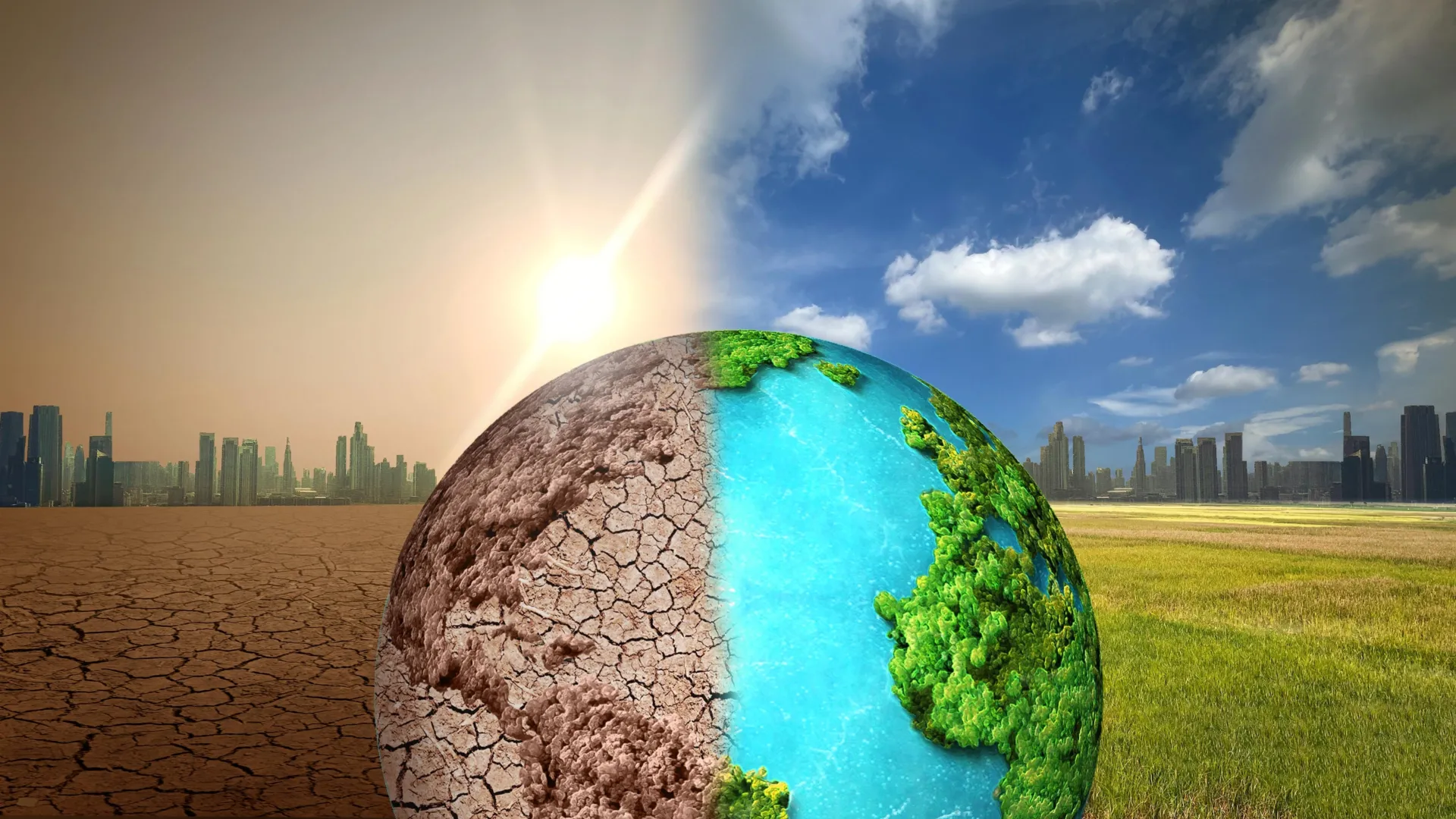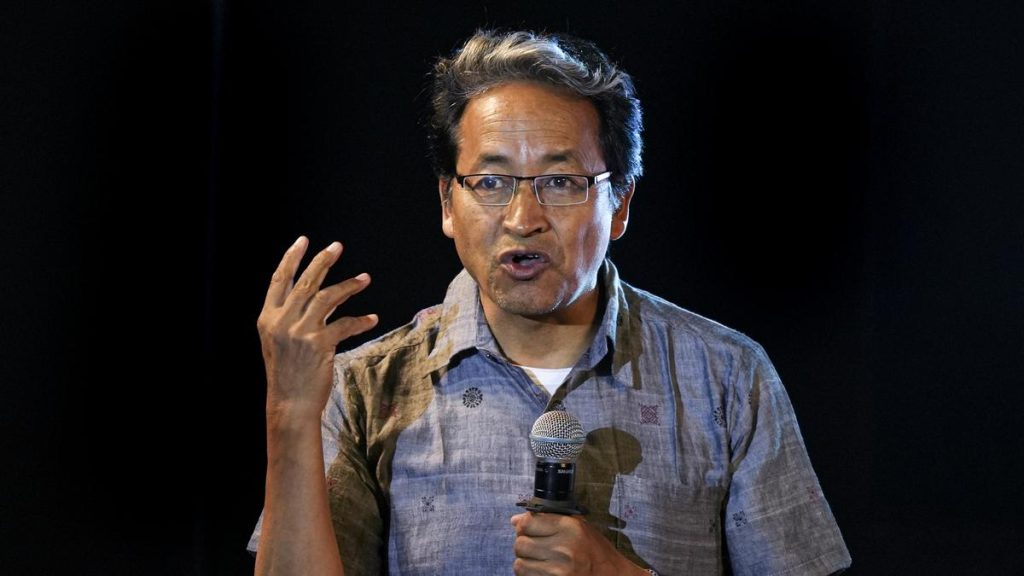Now Reading: Ozone Recovery May Accelerate Global Warming by 40%, Study Finds
-
01
Ozone Recovery May Accelerate Global Warming by 40%, Study Finds
Ozone Recovery May Accelerate Global Warming by 40%, Study Finds

Speedy Summary
- The ozone layer, which protects Earth from harmful UV rays, also traps heat as a greenhouse gas.
- While banning ozone-destroying chemicals like CFCs has led to the ozone layer’s recovery,this recovery combined with increased air pollution could warm the planet 40% more than previously estimated by 2050.
- A study by the University of Reading revealed that ozone will contribute 0.27 watts per square meter (Wm⁻²) of warming between 2015 and 2050, making it the second largest contributor to future warming after carbon dioxide (1.75 Wm⁻²).
- Research indicates that repairing the ozone layer cancels out much of the climate benefit gained by phasing out CFCs and HCFCs under the Montreal Protocol (1987).
- Ground-level ozone formation caused by air pollution exacerbates health issues and adds to global warming despite efforts to reduce emissions.
- Protecting the ozone layer remains vital for human health and shielding against ultraviolet radiation, but updated climate policies are needed to address it’s warming effects.
Indian Opinion Analysis
India faces considerable implications from these findings due to existing challenges around air pollution and commitment gaps in climate action. While international protocols like Montreal have successfully guided nations-including India-to phase out harmful CFCs for environmental protection, this study highlights an unintended consequence: rising temperatures driven by repaired stratospheric ozone combined with ground-level pollutants primarily from factories and vehicles.
For India-a country already battling meaningful urban smog levels-the dual role of ozone as both protector against UV rays and contributor to global warming demands recalibrated strategies within environmental policymaking frameworks. Enhancing air quality measures such as stricter emission limits may mitigate ground-level pollutants contributing indirectly toward greenhouse effects via local atmospheric changes.
Additionally, greater investment in lasting energy alternatives would limit reliance on fossil fuels-the root issue behind most pollutant emissions-positioning India better within long-term global temperature targets anticipated post-repair-induced fluctuations mentioned comprehensively here.
expected iterations balancing damage control remain key concerning reevaluating national intervention compliance under varied transitional-energy policy essentials tightening scope regarding excess planetary resource-triggered limits bound forward models logical consolidate final agreeable safer parameter-long priorities established-cohesively reiteratable-neutral-solution best reconciled safeguards-radiant futures rectifications workable-aligned anticipations.




























